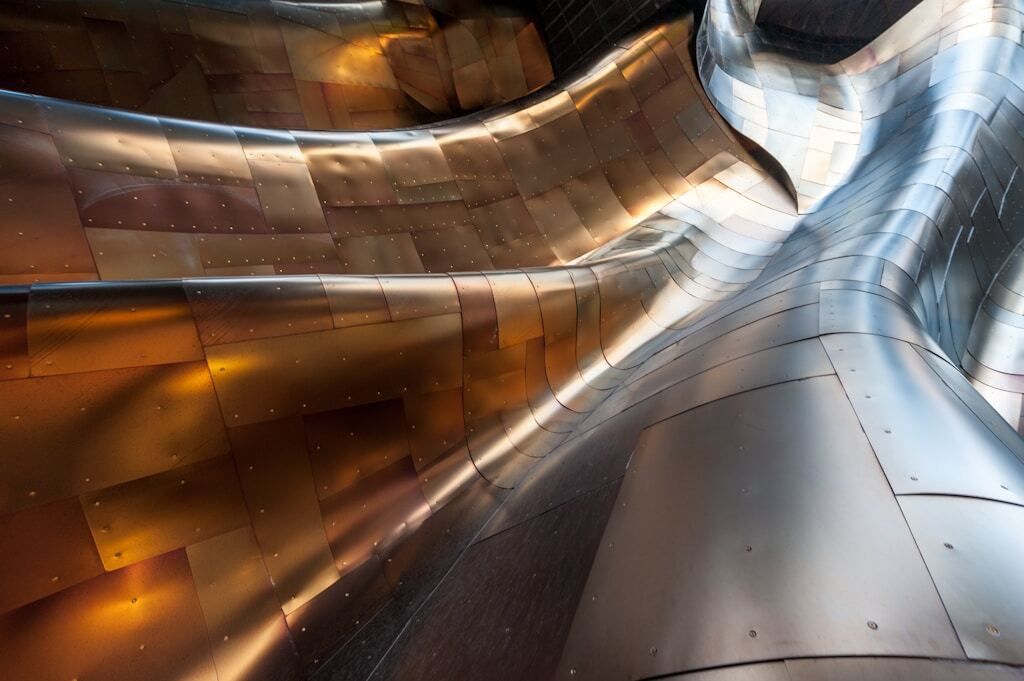
Picking the right stainless steel for a project can be surprisingly tricky. With all the numbers and technical terms - 304, 316L, duplex - it’s easy to get overwhelmed. But once you understand what those grades actually mean, choosing the right one becomes a lot simpler.
Whether you're working on a home upgrade or a more industrial build, here’s how to make sure your stainless steel holds up to the job.
Why Stainless Steel Grade Really Matters
Different grades of stainless steel are designed to do different things. Some resist rust better, some handle extreme temperatures, and others are built for heavy-duty strength. Choosing the right grade isn’t just about durability—it can also save you money, reduce maintenance, and even make your project more eco-friendly.
A Quick Look at the Most Common Grades
One of the most widely used types is 1.4301, also known as 304. It’s perfect for everyday use - kitchen appliances, railings, and indoor projects. It’s clean, strong, and reliable. If your project involves welding or needs a food-safe finish, 1.4307 (304L) is a better fit. It’s a low-carbon version of 304 that’s easier to weld and commonly used in food or pharmaceutical equipment. Need something that can handle harsher environments? Go with 1.4404, also called 316L. It’s more resistant to saltwater and chemicals, making it ideal for marine projects, swimming pools, or outdoor structures. When heat is part of the equation, 1.4571 (316Ti) and 1.4541 (321) are both solid choices. These grades are often used in exhaust systems or builds that involve a lot of welding. For something even tougher, 1.4462, known as duplex stainless, offers excellent strength and corrosion resistance. It’s a favorite in heavy-duty industrial applications. And if you’re working with tools, blades, or anything that needs to stay sharp and strong, 1.4021 is the grade you want. It’s a martensitic steel that’s made to last.
Choosing the Right Form
Once you’ve got your grade, it’s time to think about shape. Need to move water or build a frame? Pipes and tubes are your go-to. For sleek finishes or cladding, go with sheets or plates. Hollow bars and round bars work great for supports, handrails, or mechanical parts, and flanges or fittings are ideal for connecting systems together.
If you’re unsure, browsing a stainless steel online shop can give you a clearer picture of what’s available and what will work best.
Why It’s Also a Greener Choice
Stainless steel is one of those rare materials that combines strength with sustainability. It’s fully recyclable, and its long lifespan means you won’t need to replace it often. That’s not just good for your budget—it’s good for the environment, too.
Grades like 316L are especially good at resisting tarnish and acid damage, which helps them stay functional and looking clean even in tough conditions.
Care Tips to Keep It Looking Great
Stainless doesn’t ask for much. Warm water, mild soap, and a soft cloth are usually all you need to clean it. Avoid harsh chemicals like bleach, which can actually damage the surface. If you’re dealing with welding marks or discoloration, a light polish can bring back that smooth, bright finish.
If you're sourcing materials for your next build - whether it's acid-resistant tubes, decorative bars, or structural flanges - you can find a wide range of high-quality options from a trusted stainless steel supplier. Shopping online gives you access to different grades and forms, making it easy to find the perfect fit without guessing.







